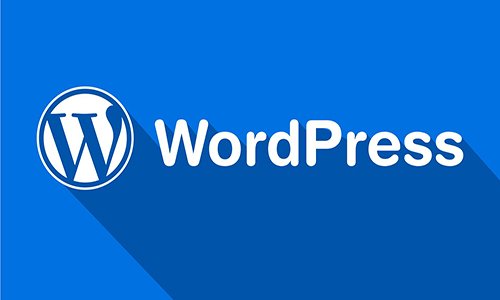How to Fix a Slow WordPress Admin Dashboard: Proven Methods to Speed It Up
Have you experienced these issues?
WordPress was fast after installation, but after adding themes and plugins, it slowed down.
After enabling WooCommerce, the admin dashboard became sluggish, with every click taking several seconds.
Elementor also caused the backend to slow down.
Despite following online optimization tips, the admin dashboard remains slow.
If you’ve faced these problems, this article will guide you through the most effective solutions.
General Optimization Methods
Server Performance
Check server resources (CPU, memory, disk space) via your hosting control panel.
Upgrade your hosting plan or switch to a better-performing server if resources are insufficient.
Database Optimization
Clean up unnecessary data (revisions, spam comments, unused metadata).
Use plugins like WP-Optimize or Optimize Database After Deleting Revisions.
Plugins and Themes
Disable or delete unused plugins, especially those known to impact performance.
Switch to lightweight themes and avoid resource-heavy ones.
Use caching plugins like W3 Total Cache or WP Super Cache.
File Size
Compress images using tools like Imagify or Smush.
Delete unused files, themes, and plugins.
CDN and Caching
Use a Content Delivery Network (CDN) to reduce server load.
Enable browser caching through server settings.
PHP Version
Update to the latest PHP version for performance improvements.
Security Scans
Regularly scan for malware and viruses to ensure your site is clean.
Code Optimization
Optimize theme and plugin code to reduce unnecessary database queries and loops.
API Heartbeat Control
Optimize WordPress Heartbeat API settings.
Disable Unnecessary Features
Remove unnecessary dashboard components.
Proven Methods to Speed Up WordPress Admin
While the above methods are commonly recommended, they may not always solve the issue. If your server performance is good, your theme is lightweight, and essential plugins are installed, but the backend is still slow, try these steps:
Step 1: Install and Enable OPcache
OPcache is a PHP extension that caches compiled PHP scripts, reducing compilation time and improving performance.
Benefits of OPcache:
Reduces PHP script compilation time.
Stores opcode in shared memory for faster execution.
Automatically updates cached scripts when PHP files change.
Enabling OPcache often significantly improves WordPress admin speed and reduces server load.
Step 2: Disable Plugins One by One
If OPcache doesn’t resolve the issue, disable plugins one by one to identify any that may be causing conflicts or slowing down the backend.
Step 3: Optimize PHP and MySQL Settings
If OPcache improves speed but you want further optimization, adjust PHP and MySQL settings based on your server’s performance. If you use a control panel like Baota, these settings are easy to configure.
Step 4: Check SSL/TLS Settings
If you use Cloudflare or another CDN, ensure SSL/TLS is set to "Full" mode instead of "Full (strict)." Switching to "Full" mode can further improve backend speed.
Summary of WordPress Admin Speed Optimization
Enable OPcache: This is the most effective way to improve WordPress admin speed.
Check for Plugin Conflicts: Disable plugins to identify performance bottlenecks.
Optimize PHP and MySQL: Adjust settings based on server performance.
SSL/TLS Mode: Use "Full" mode for better speed.
Other optimizations like database cleanup, caching plugins, or enabling Memcached/Redis may not significantly impact backend speed.
Additional Tip: If WooCommerce is slowing down your admin, consider using optimization plugins specifically designed for WooCommerce.
Feel free to share your experiences or additional tips!


Comments (0)